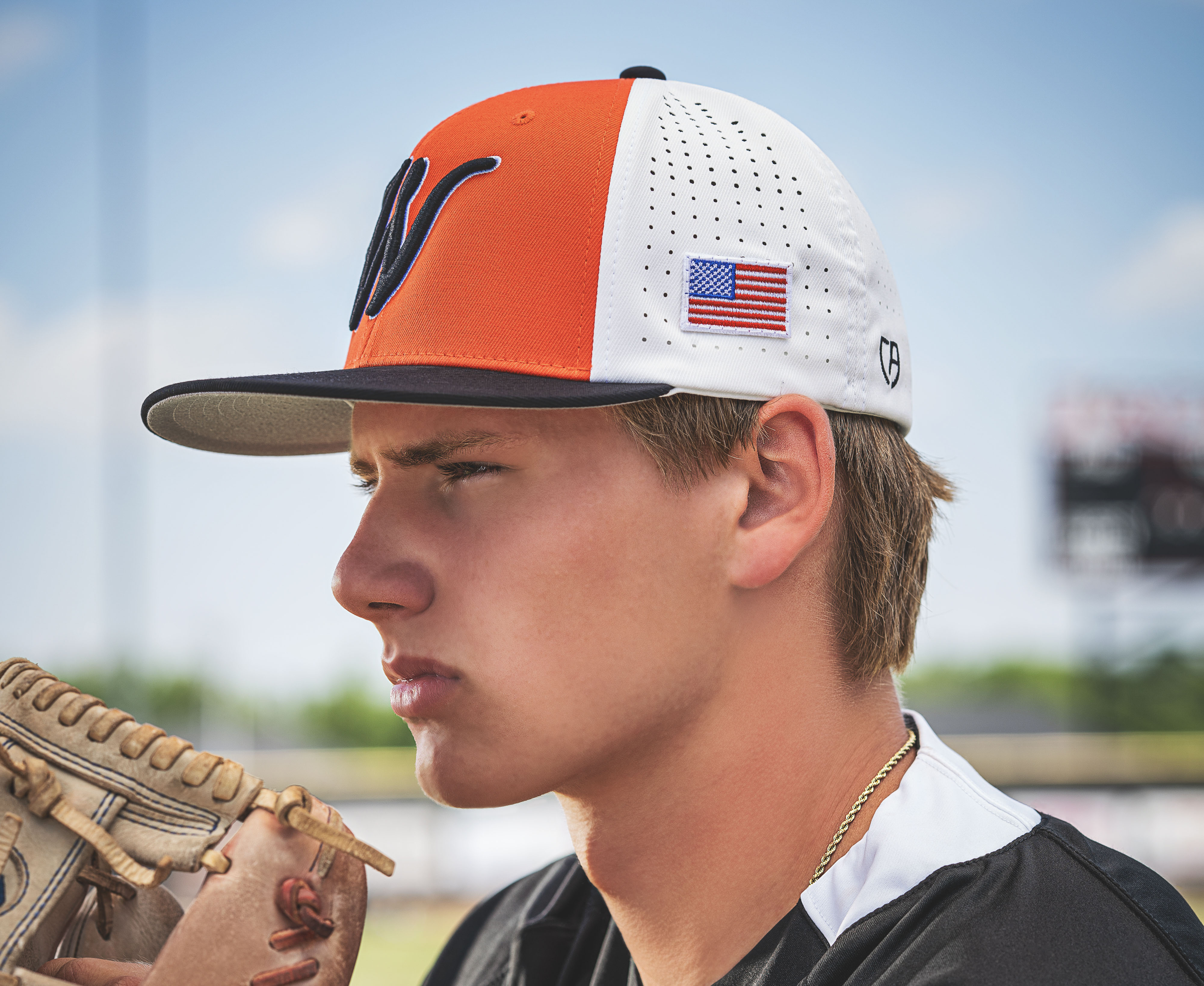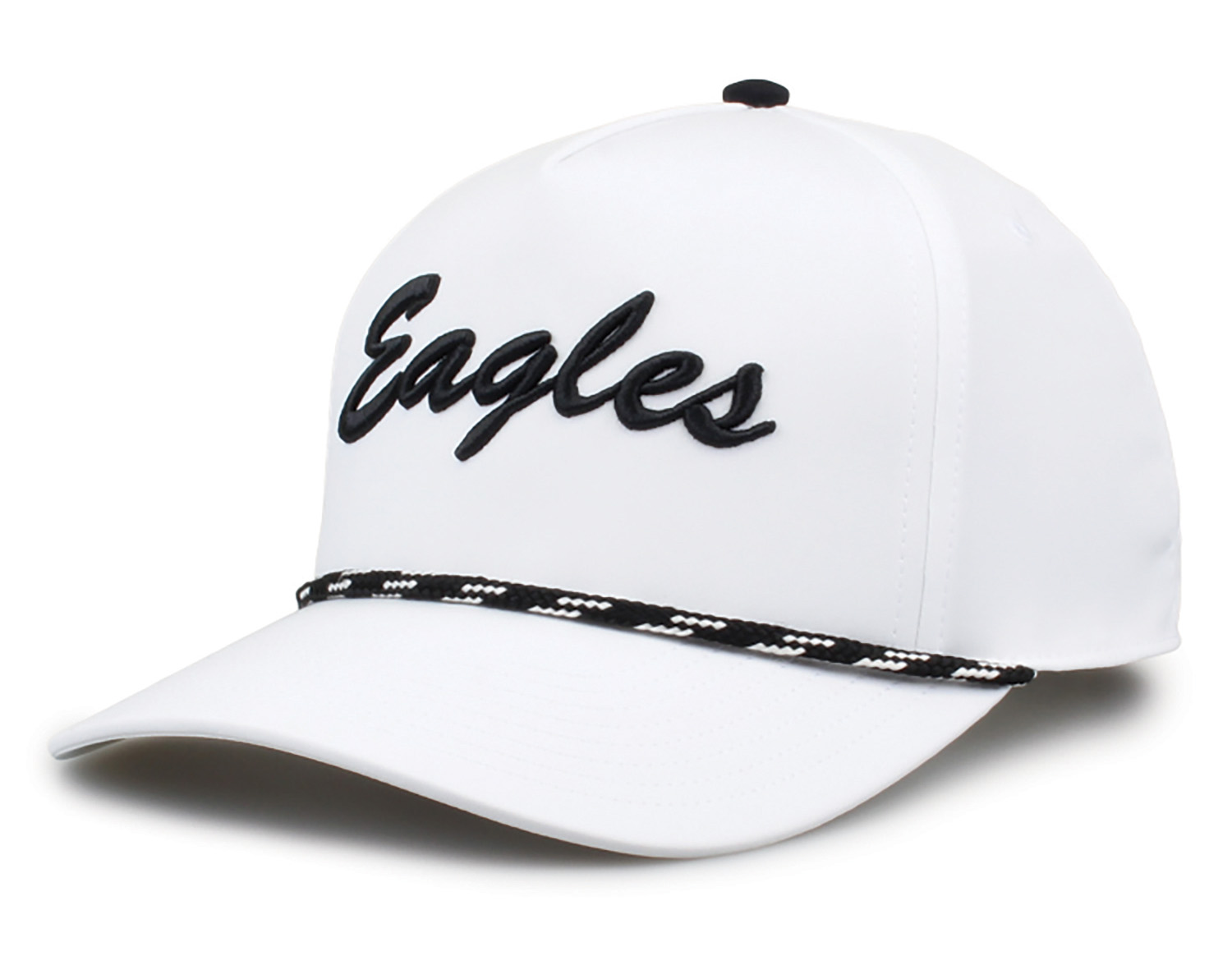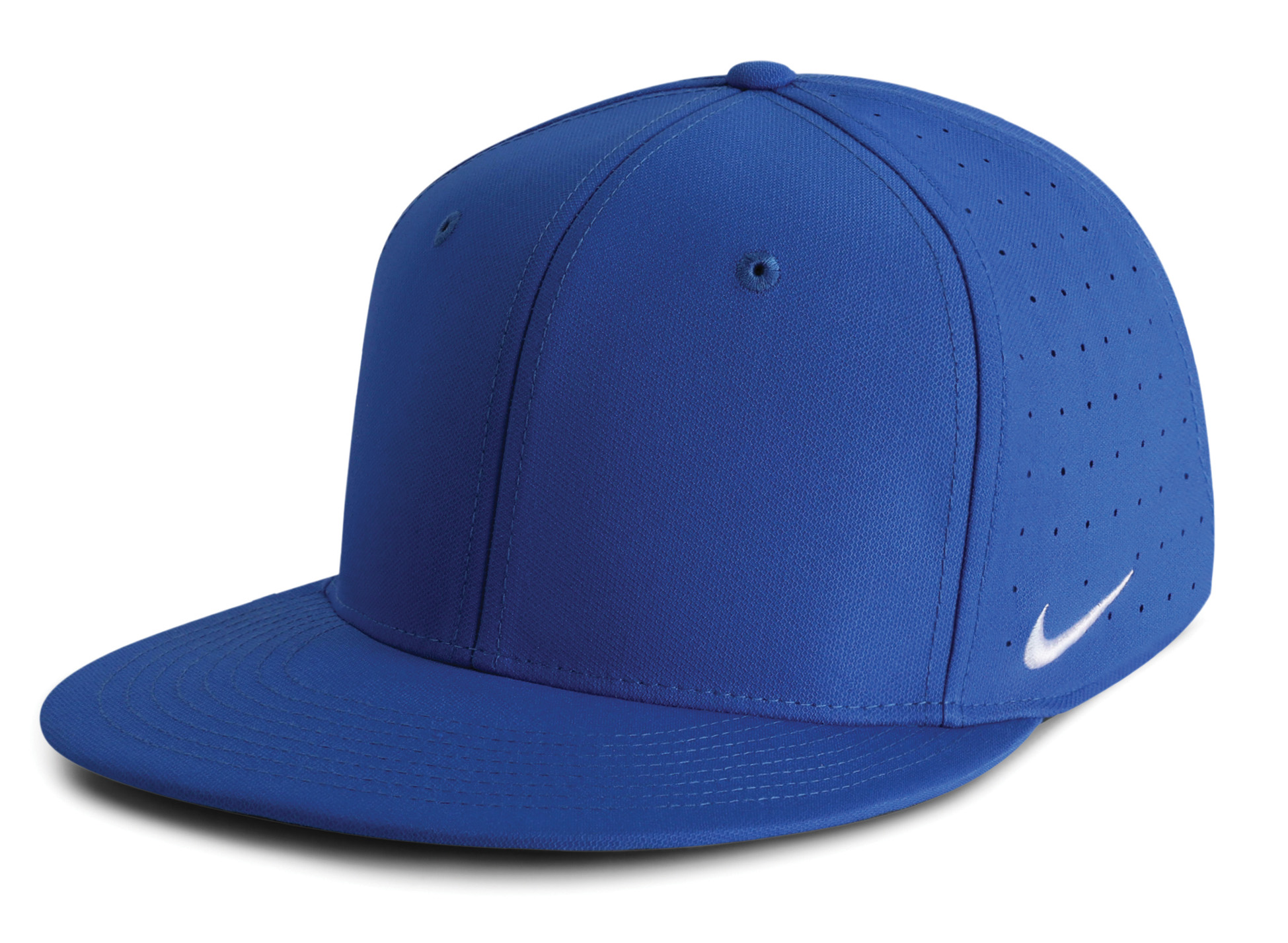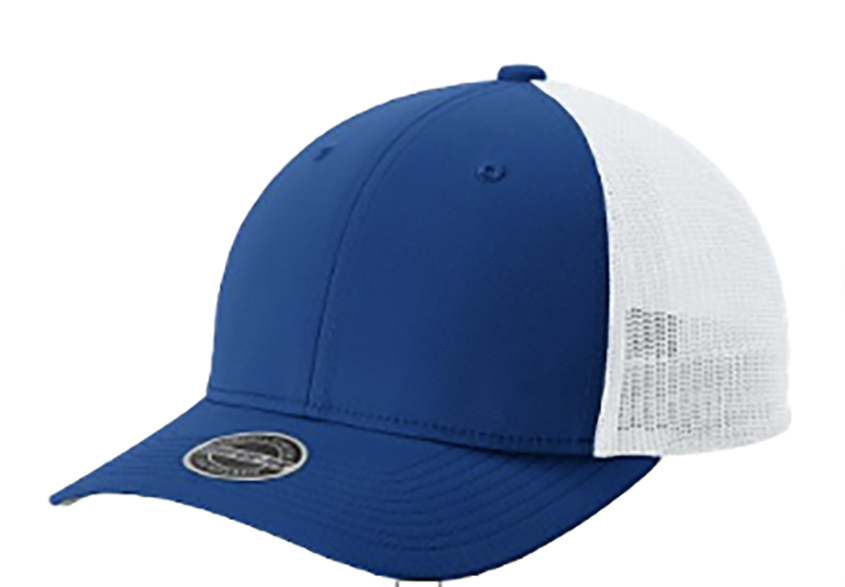
Let’s start off with current events: What has been the impact of the uncertain and constantly changing tariff situation?
Alex Pille: The ongoing tariffs and continued uncertainty around trade policies are definitely disrupting the team headwear segment. Costs of raw materials and finished caps – particularly those sourced from China – have risen noticeably, putting pressure on pricing across the board. And the drastic swings in policy create challenges related to freight pricing and delivery lead times.
Chad Kennedy, The Game: This has definitely been a challenge for everyone just because of the constant changes and uncertainty. We have had some price increases this year due to the increase in tariffs, but will continue to monitor the situation. Our goal is to communicate and be transparent as we can be with customers to make any changes as seamless as possible.
Rachelle Manning, SanMar Sports: The situation with global trade has been exceptionally dynamic over the last two months, but there are a few very clear realities that have emerged. One is that it’s quite clear is that China is a very high risk sourcing location. Tariffs on China have been greater than any other country and China has been receiving an outsized share of the negative publicity. Given that reality, we have chosen to fully exit from China-based headwear manufacturing. Every hat that SanMar produces is being made somewhere other than China. The other clear reality is that costs on importers are going up. There is no way to escape the 10 percent global tariff and those new costs have a meaningful impact on our business. The new, more expensive, reality forced us to increase prices 3.5 percent on June 1.
Todd Bradney, Richardson: The ongoing uncertainty around tariffs has resulted in higher landed costs, which we’ve done our best to absorb where possible. Unfortunately, some of these cost increases have had to be passed along to customers. We continue to monitor the situation closely, adjusting as needed to minimize the impact on our partners while ensuring we deliver the quality and service they expect from Richardson.
Erika Kelly, Nike Team Headwear: This certainly has created challenges for many businesses. We are fortunate to have a diversified supplier base and a robust domestic inventory to mitigate the impact.
Ryan Garrett, Pukka: We have been very focused on supply chain diversification. We began working on our supply chain before the tariff uncertainty and that work helped us mitigate the challenges.
Sarah Page, Cap America: We are well positioned with both imported product and Made in the USA options. We have experienced a slight shift in volume from custom overseas orders to pulling goods from our Missouri facility to avoid any uncertainly during the course of an order.
On a related topic, can you update our readers on the supply chain situation?
Kennedy: We are not having any supply chain issues currently and have not had any for quite some time. We do not have any reason to see that changing heading into 2026.
Manning: Global supply chains right now are unpredictable. We don’t know what country-specific tariffs might look like in July. Will Vietnam be at a higher rate than 10 percent? What will the final tariff rate be on China? Will there be categories of goods that are exempt from some of the tariffs? All that uncertainly means that we have to be flexible and ready to react as conditions change. Supply chain professionals will prove their worth by quickly shifting manufacturing sources to minimize tariffs and ensure reliability.
Pille: Ongoing global and domestic challenges are complicating supply chains. Major global conflicts have modified supply chain routes, slowing transport and increasing freight costs. Domestically, growing tensions between the U.S. and China spiked tariffs, nearly halting production. Policy changes continue to cause whiplash within the freight shipping ecosystem, creating drastic swings in shipping rates similar to what we saw during the pandemic.
Page: The global supply chain is currently facing many challenges that impact both delivery and costs. We anticipate the volatility continuing throughout 2025 and possibly into early 2026.
Garrett: We have a great supply chain and in 2026 we are scaling for major growth and speed to market.
Kelly: Our supply chain situation has remained stable in 2025 in terms of production and delivery times. We have been able to manage our production schedules and inventory to meet customer demand shipping blanks in 24-48 hours, Stock Decorated in five days from art approval to shipping, and Full Custom in five weeks. Moving into 2026, we anticipate further improvements in supply chain.
Bradney: Our supply chain remains stable heading into 2026 thanks to the strength of our long-term partnerships with offshore factories and our significant near-shore and domestic production capabilities. This balanced sourcing strategy allows us to meet the rising demand for both our stock and custom caps, while providing flexibility and reliability to our team dealer partners.
How are you handling these dual challenges?
Kennedy: We are employing a variety of strategies to navigate the challenges. There are short-term actions like pre-ordering, inventory management and tariff engineering. And there are long-term strategic shifts such as diversifying country of origin in our manufacturing, whether that be with current factories or with new suppliers. At this time any of these short- or long-term strategies have not caused issues within our supply chain.
Page: Diversification. We are strongly diversified in our factory partners, manufacturing countries and products we offer.
Manning: We handle these dual challenges by leaning into our global network and partnerships. We’re fortunate to have SanMar sourcing offices in Central America (Honduras), East Asia (Hong Kong) and the Middle East (Dubai). Our factory partners produce in over 20 countries across these various geographies. As trade policy changes and adjusts, we work with our partners to shift production and find solutions that work for them, for us and for our customers. Times of uncertainty are when you lean on your close strategic partners.
Pille: We’re improving our supply chain robustness by evaluating and onboarding new suppliers based in multiple countries with similar capabilities. We’re also bringing some manufacturing in-house, where we can further control our costs and quality.
Kelly: We have implemented strategies such as multi-sourcing and enhanced forecasting. These measures have allowed us to maintain a steady flow of products while managing costs effectively.
Garrett: It requires a team dedicated to looking at these challenges as opportunities and we are dedicated to finding solutions connected to every pivot.
Bradney: We’ve responded by diversifying our sourcing, including shifting production to additional factories and countries, as well as expanding our near-shore options. This approach gives us more agility to navigate changing costs, tariffs, and global supply disruptions while maintaining the quality and consistency our customers count on.
Switching gears a bit, what styles and colors are more in demand these days?
Manning: There has been a decline in visor trend and a continuing trend in unstructured cotton twill dad caps. The baseball/team world is seeing a trend in perforated performance hats – both stretch-to-fit and adjustable. Curved bill is upticking in trend versus flatbill. Adjustable is having a moment in snapbacks and sliders. And we are still seeing hook and loop in team headwear.
Kelly: Trends in headwear styles and colors vary depending on the region and the season. However, we’ve seen a strong demand for classic cap designs with performance features. Popular colors include black, navy, white and grey supported by team colors such as red and royal.
Kristiana Davis, Momentec Brands: We are seeing a demand for more lightweight snapback cap styles that are golf inspired, like our Weekender Perforated Snapback cap from Pacific Headwear.
Pille: For us, it’s important to offer cap styles that meet player demands, whether that be in terms of style, comfort, fit or performance characteristics. As for colors, we continue to grow our offering very strategically. Our biggest sellers are the core team colors, with some two-tones also doing well.
Kennedy: Performance headwear is still king in the team headwear market. One of our hottest styles is a sublimated on-field hat that we can color match any uniform PMS. This is a newer technology in team headwear that has allowed us to be a universal brand no matter the uniform being worn. Also, truckers, five-panel and ropes are extremely popular.
Page: We continue to see demand in trucker caps, dad caps and premium headwear.
Garrett: We are seeing demand for bright colors, technical fabrics and throwback looks. Outside of traditional team products, our customers are asking for rope caps, unstructured chassis and creative embellishments — not to mention perforation patterns and built protection from the elements.
Have team stores become an important part of the headwear business?
Kennedy: Yes, and this has been a major focus. With every player there are a couple of parents and even more students and fans. That is an area where there is always so much room for growth.
Kelly: Yes, selling caps through dealer team stores has become an increasingly important part of our business. While we focus on outfitting the athlete, team dealer stores provide a platform for team members and fans to purchase our products for off-field purposes.
Manning: We sell a significant amount of hats through all team store platforms. With our minimum order of one unit it helps dealers and team stores reduce stress to hit minimums.
Garrett: We are is reestablishing ourselves in the team market and are bringing stock product back into the mix to help our team dealer partners serve customers through webstores.
Bradney: Absolutely. Dealer team stores have become a valuable and growing part of our business.
Where are there other headwear opportunities beyond the traditional team sports?
Page: Team dealers can expand into booster clubs, fanwear programs, school-branded lifestyle apparel and community rec league markets that often value style as much as function. Custom headwear also performs well for fundraising, staff apparel and events, offering dealers new revenue streams without requiring large MOQs.
Kelly: There are numerous opportunities for team dealers to expand their reach beyond traditional sports teams. Sport camps/events, run clubs and corporate events allow team dealers to diversify their customer base and revenue streams.
Kennedy: This really ties back into the team store question. You see a lot of dealers get that team order and walk by the fan gear. Booster clubs are a big growth opportunity.
Bradney: Team dealers can unlock significant growth by expanding beyond traditional sports teams into corporate, booster, club and community organizations.
Davis: Lifestyle caps are where we are seeing more and more opportunities for dealers beyond the field. Team dealers can use our caps to break into new markets beyond sports — think booster clubs, camps, corporate events or community organizations.
Manning: Retro vibe caps such as high-profile mesh back truckers with foam fronts and A-Frame silhouettes are trending in lifestyle and sport and are a great option for sideline and fanwear.
Pille: While reaching sports teams continues to be our primary focus, we’re also finding success outfitting fans and corporate clients.
Finally, where do you see the team headwear business headed into 2026?
Pille: Although there are great uncertainties due to changes in tariffs, this business area is going to continue growing. With new and better products hitting the market, as well as increased consumer demand, 2026 will be even stronger than 2025.
Kennedy: The demand to continue to offer superior performance in headwear will drive our development going into 2026. Also, we are continuing to see a large increase in visor sales. We are introducing custom sublimation on visors as a new product this year. We want to show the unlimited opportunities that custom visors provide instead of the standard stock visors.
Manning: Team headwear will continue to see demand. With new fabrics and wicking technology we strive to be more innovative with traditional-looking headwear.
Davis: Two key trends are emerging in the team headwear space: perforation and five-panel construction. There’s a growing momentum around caps that deliver both performance and comfort, especially styles with breathable perforated detailing. At the same time, teams are increasingly drawn to the clean, uninterrupted front panel of five-panel caps. This construction offers a larger, more prominent space for decoration, making team logos and custom artwork stand out with greater impact on and off the field.
Page: We’re seeing a clear shift toward retail-inspired silhouettes, structured performance caps, rope hats and truckers with premium details. Teams want headwear that performs on the field but looks great in the stands and demand for elevated decoration is only growing.
Garrett: While there may be some pricing pressure, I believe as a whole the team sports market will continue to grow and in turn headwear will follow.
Kelly: We anticipate the demand for team headwear will continue to grow in 2026. As apparel and footwear costs increase, headwear is an accessible price point for the consumer. It provides a cost-effective refresh both on and off the field. In terms of styles, we expect to see a mix of classic and innovative designs, with a focus on performance, functionality, and customization.
Bradney: We see continued strong demand for premium on-field headwear as baseball caps remain a defining part of team identity. Beyond traditional looks, we’re seeing teams express themselves through unique color combinations, bold logos, and specialty trims.

GameChanger performance fabric, five-panel performance snapback with rope design and lightweight comfort.





.svg)